German specialities, what are they? German food varies from region to region, and there are many different delicacies and traditional dishes to try. We take a virtual culinary journey through Germany, and when the borders reopen, it's time to try the real thing!
Innehållsförteckning
German specialities - what comes to mind?
What German specialities have you tried? What comes to mind when you think of German food and drink? We probably think of beer, white wine, asparagus and various types of sausages. When we have travelled along the German coast, we have also eaten very good fish. One occasion we remember is when we were served super good pike-perch and cod at a cosy houseboat restaurant in Greifswald.
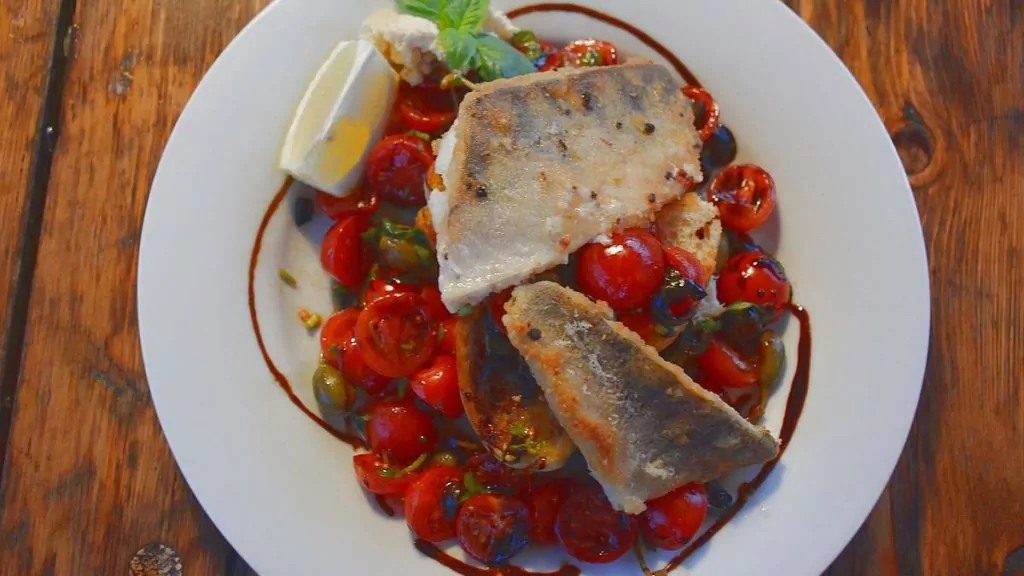
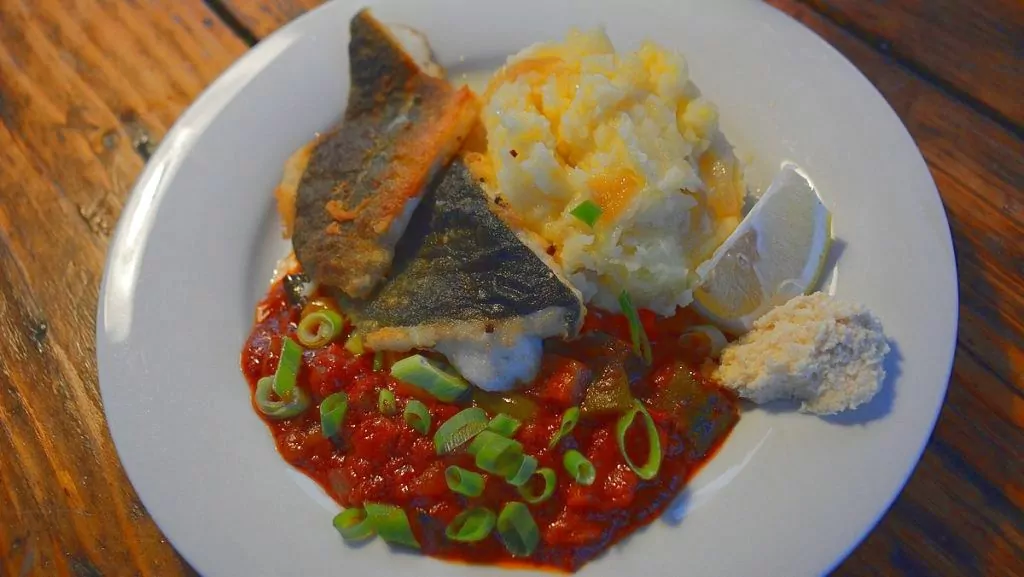
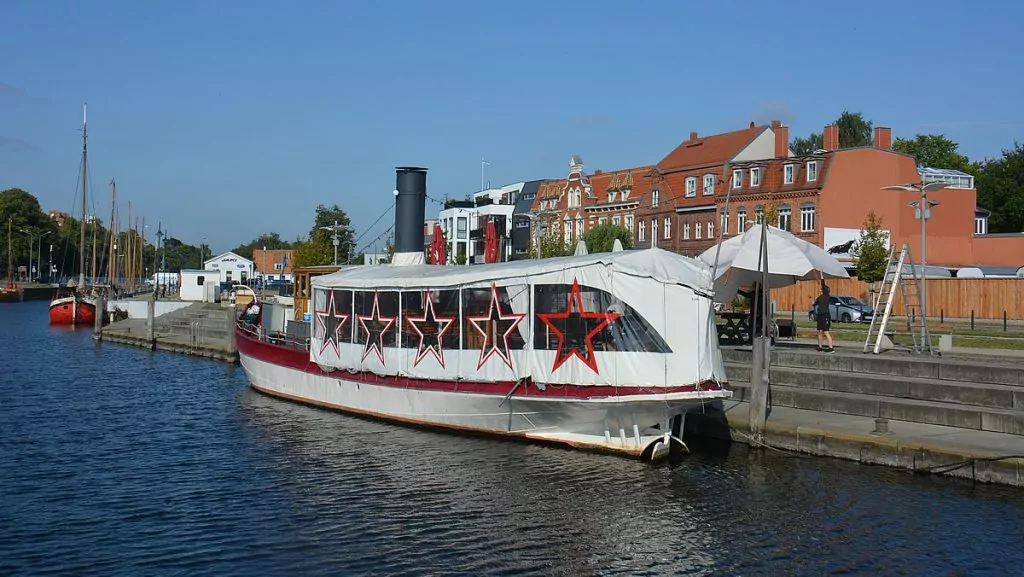
German specialities - region by region
Many German specialities are specific to a particular region. Here we list a number of Germany's federal states and their specialities.
Schleswig-Holstein: Lübeck marzipan
Raw marzipan is a delicacy made from almonds, sugar and water. Once upon a time, only kings and other powerful people had access to marzipan, but today, thankfully, everyone can buy and taste it. I Lübeck there are plenty of shops selling marzipan. Here are some interesting facts about marzipan from Lübeck:
- Lübeck marzipan must consist of at least 70 % raw marzipan and no more than 30 % sugar.
- Lübeck marzipan is still largely produced by hand.
- At Café Niederegger you can buy marzipan, but also visit a marzipan museum.
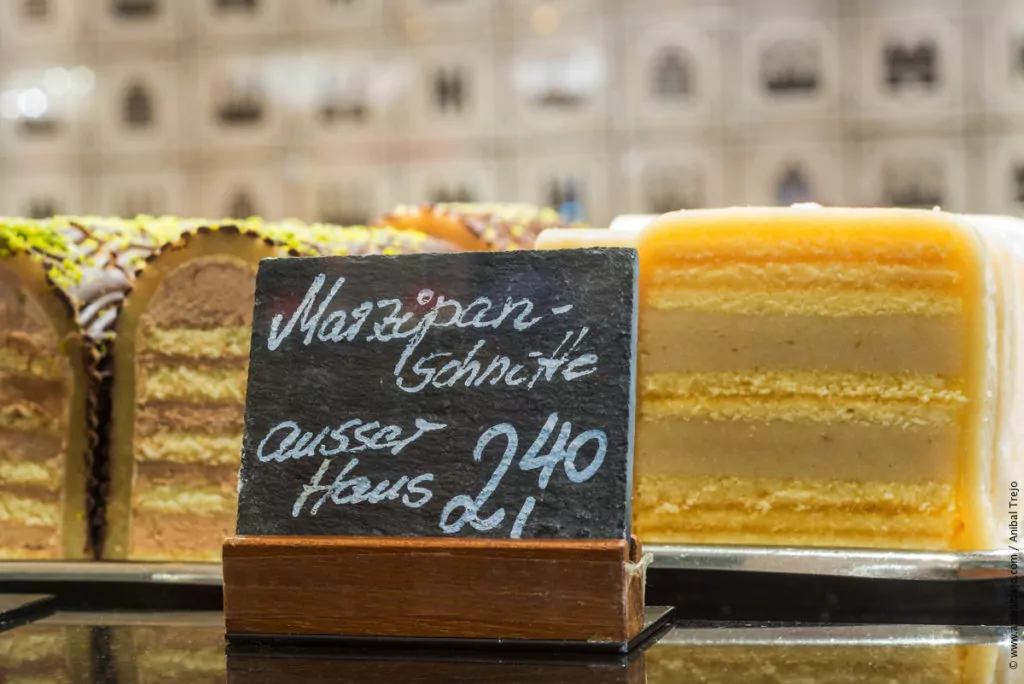
Mecklenburg-Western Pomerania: Sea buckthorn
Sea buckthorn is an orange-coloured berry that grows on coastal shrubs, including in the German Federal Republic. Mecklenburg-Western Pomerania. The berry is rich in nutrition and popular as a flavouring agent in many different products such as tea, juice, jam, sweets, wine and spirits. Interesting to know about sea buckthorn:
- Sea buckthorn contains more vitamin C than citrus fruits.
- The berry is also used in various beauty products.
- You can visit one of Rügen's plantations at harvest time between September and October.
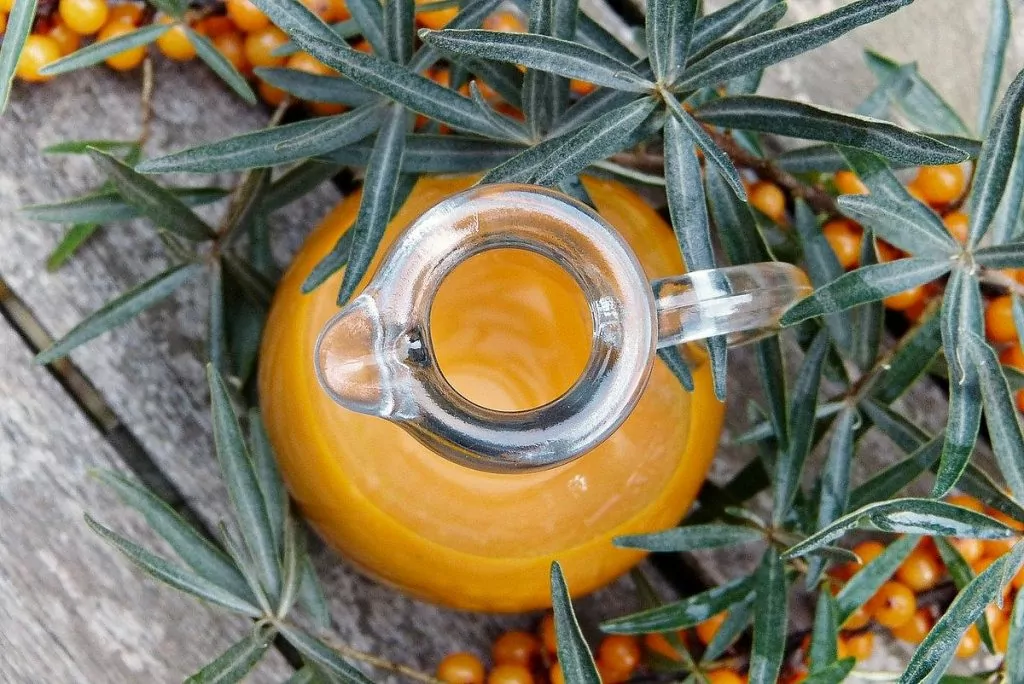
Bremen: Coffee
Roasting coffee is a tradition with a long history in the area around the river Weser. The first coffee house here opened in 1673, and since then coffee production has only increased. Bremen is now considered the coffee capital of Germany, so if there's one place you shouldn't miss having a coffee, it's here! Interesting about the coffee from Bremen:
- Every second cup of coffee drunk between the North Sea and the Alps originates in Bremen.
- The process of making decaffeinated coffee originated in the area around the river Weser.
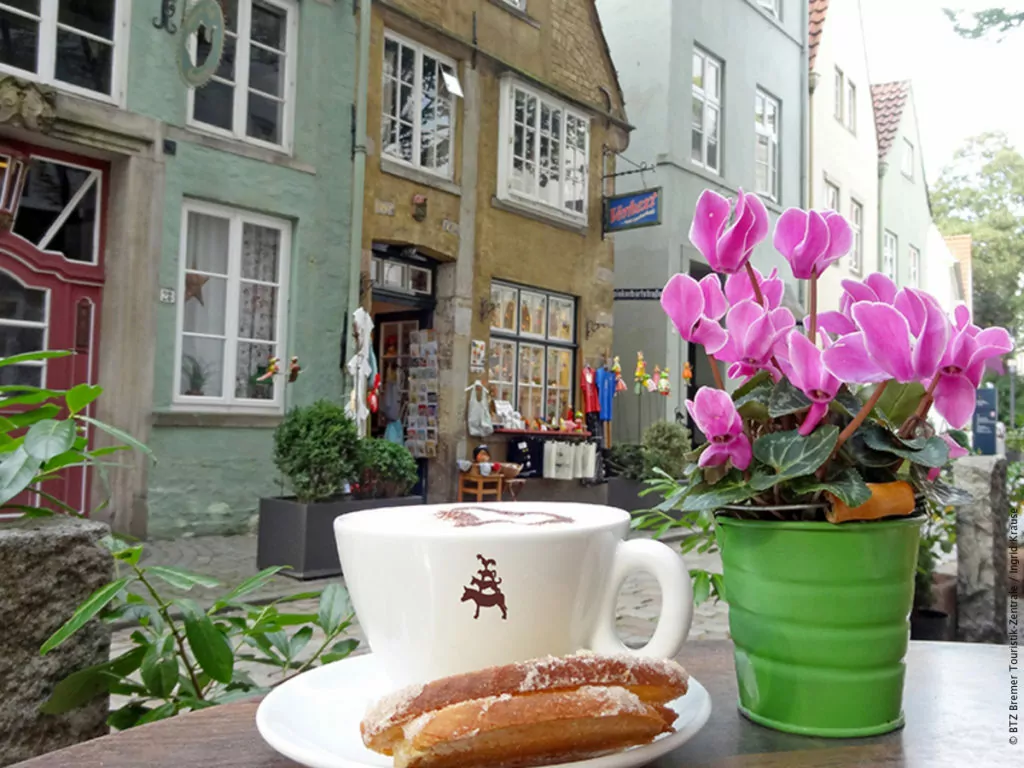
Berlin: Currywurst
Currywurst is an important part of Berlin's food scene. Currywurst is a dish made from sliced bratwurst together with a tomato sauce and curry powder. For a truly authentic experience, head to Konnopke's Imbiss on Schönhauser Allee. Here, the dish is served with five different hot curry sauces from 'heavenly' (very mild) to 'hellish' (super hot), just as it has been since 1930. Worth knowing about currywurst:
- Over 800 million curry sausages are consumed in Germany every year.
- There even used to be a currywurst museum in Berlin, but this unfortunately closed in 2018.
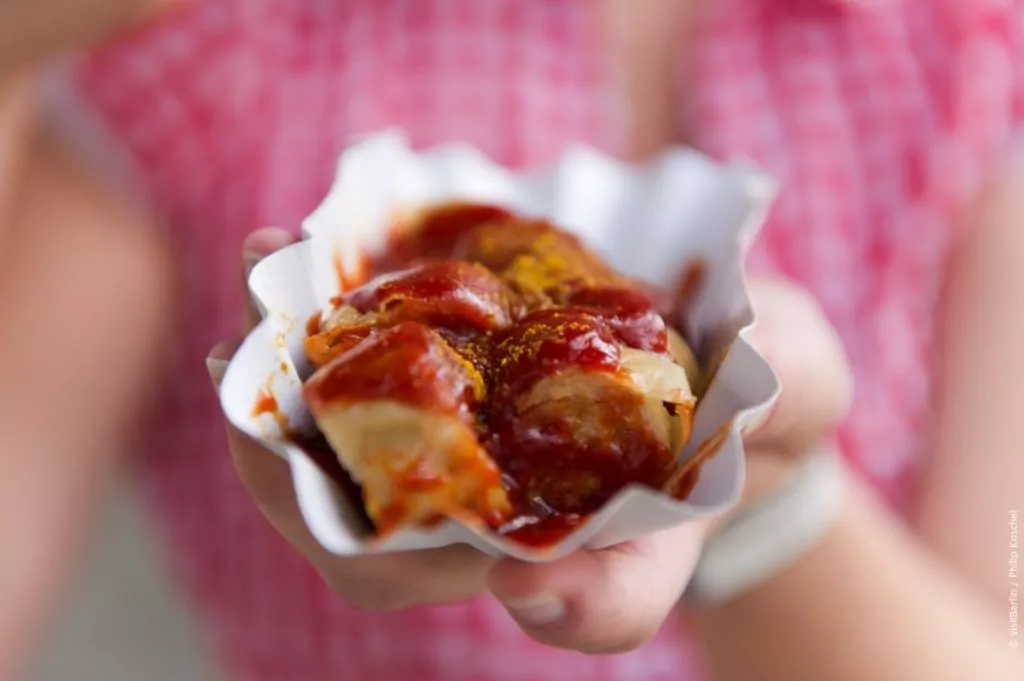
Saxony-Anhalt: Harz cheese
Harzer Käse (Harz cheese) is a mature sour milk cheese made from cow's milk. The cheese is rich in protein, has a low fat content and is considered very healthy. Here are some interesting facts about Harzer Käse:
- Harzer Käze was already produced industrially in the Harz in the 18th century.
- The quality label "Typisch Harz" stands for quality from the Harz region.
- In the Frankfurt area, a similar cheese called 'Handkäse' is often eaten as an appetiser or snack with a little cumin on it.
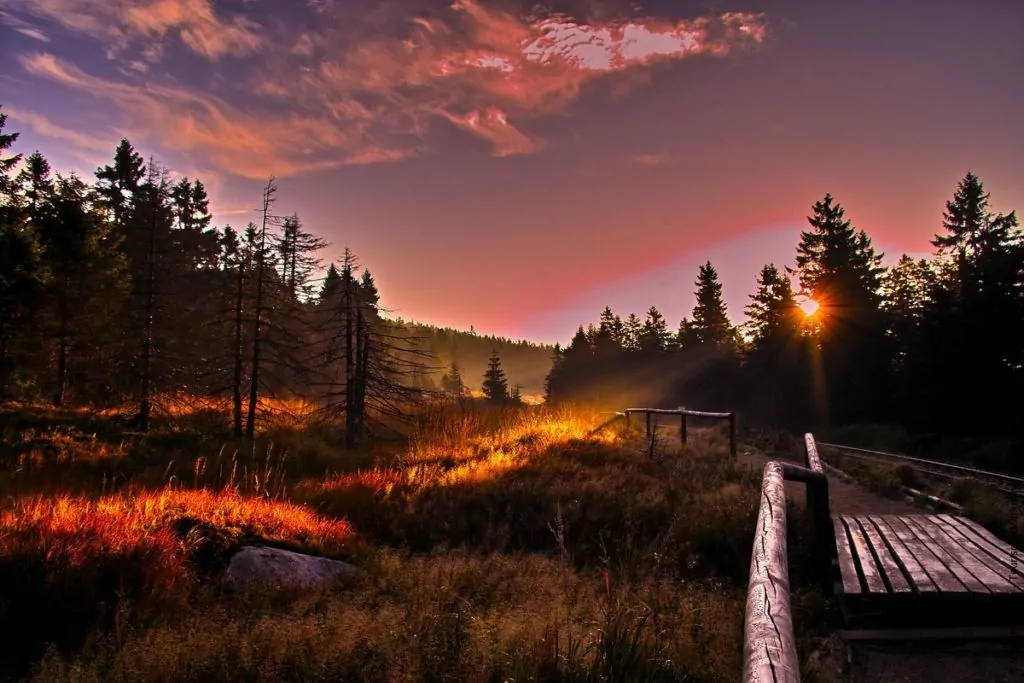
Thuringia: Thuringian rostbratwurst
Thüringer Rostbratwurst is a medium-fine bratwurst produced in Thuringia. The sausage is made from pork and flavoured with marjoram, caraway and garlic. It is best eaten with locally produced mustard. Here are some interesting facts about Thüringer Rostbratwurst:
- The recipe for Thüringer Rostbratwurst is 600 years old.
- The exact recipe is and remains a secret known only to Thuringian sausage makers.
- According to the EU regulation, the sausage must be at least 15 cm long.
- Arnstadt has a bratwurst museum, documenting the popular sausage from 1404.
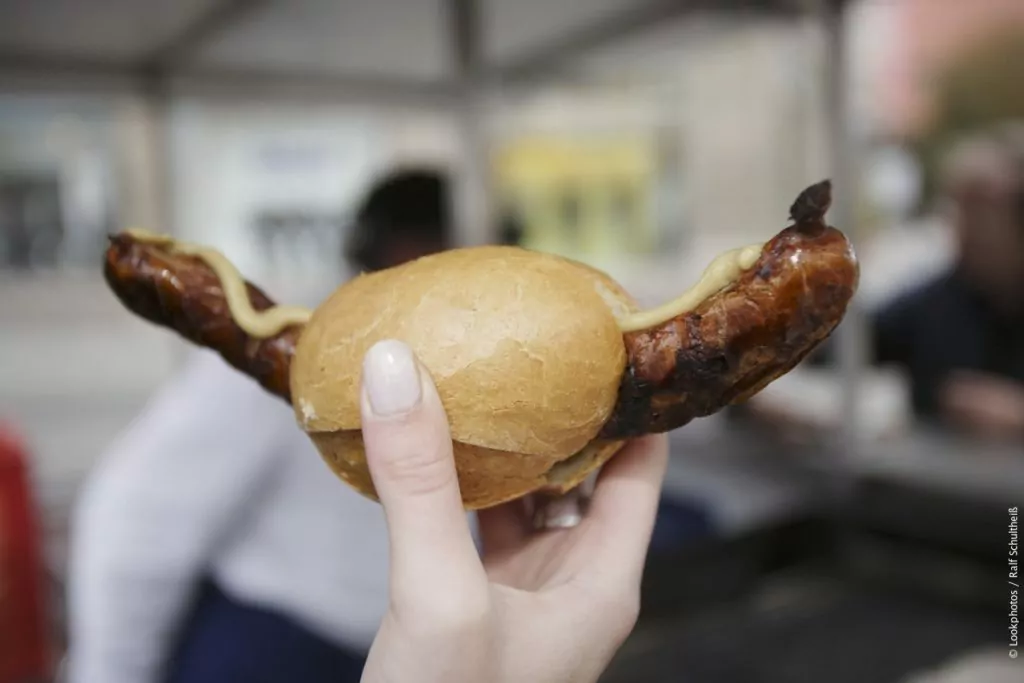
Hessen: Riesling
Riesling is the dominant grape variety in the Rheingau and Bergstrasse wine regions of the federal state of Hesse. This grape variety, used for white wines, is sometimes referred to as the 'King of German Grapes'. Interesting to know about Riesling:
- Riesling has been grown in Germany for more than 600 years.
- The Riesling grape can be used for dry, semi-dry, sweet and sparkling wines, and is perfect for dessert wines.
- Riesling wines can be aged for a long time while maintaining their flavour and quality.
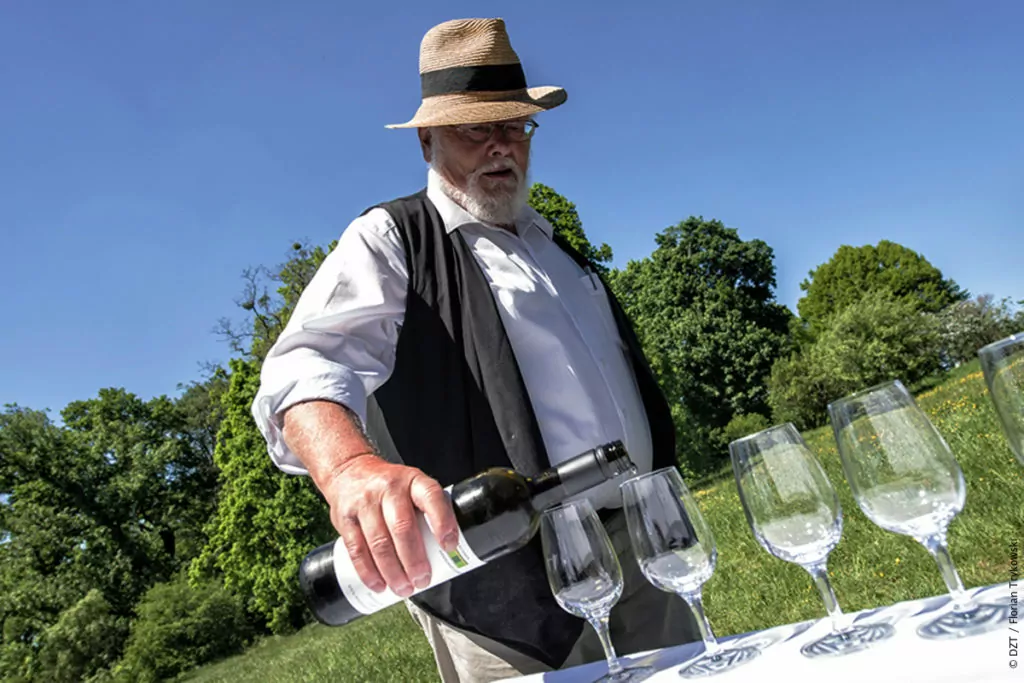
Baden-Württemberg: Black Forest cake
Schwarzwälderkirschtorte (Black Forest cake) is a cake consisting of a fluffy chocolate base with a cherry interlayer and is garnished with cherries and cream. It is unclear whether the cake was created in Radolfzell in 1915 or in Tübingen in the 1930s, but it is clear that it comes from the federal state of Baden-Württemberg. Here are some interesting facts about Black Forest cake:
- The name of the cake may be a reference to the traditional clothing worn by women in the Black Forest: black dress (chocolate), white blouse (cream) and a so-called Bollenhut, a lady's hat with red balls (cherries).
- 28 March is Black Forest Cake Day.
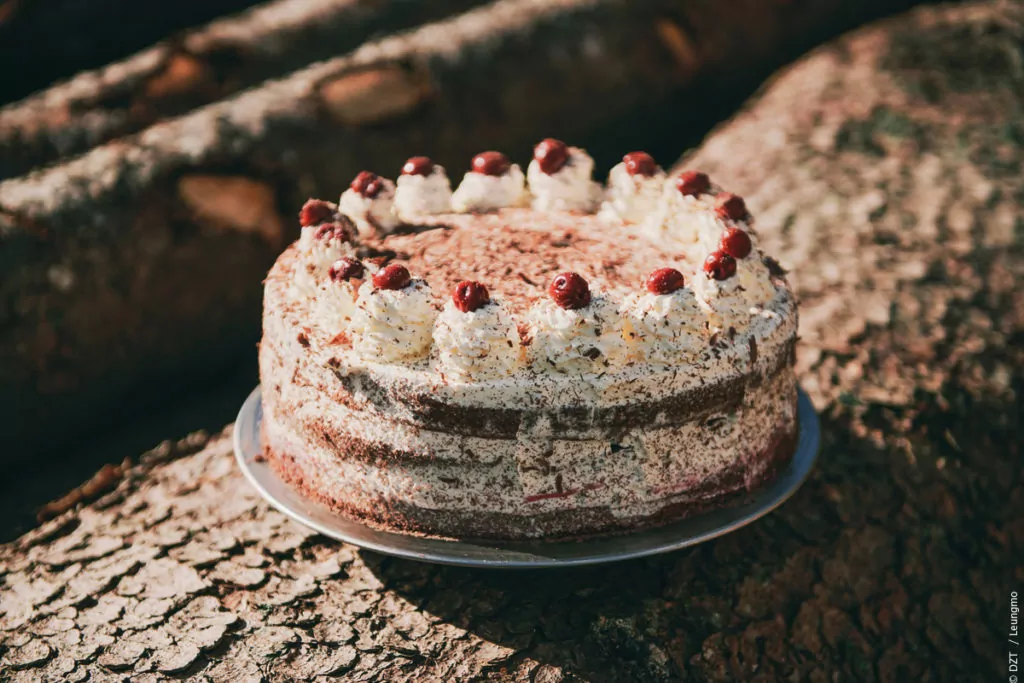
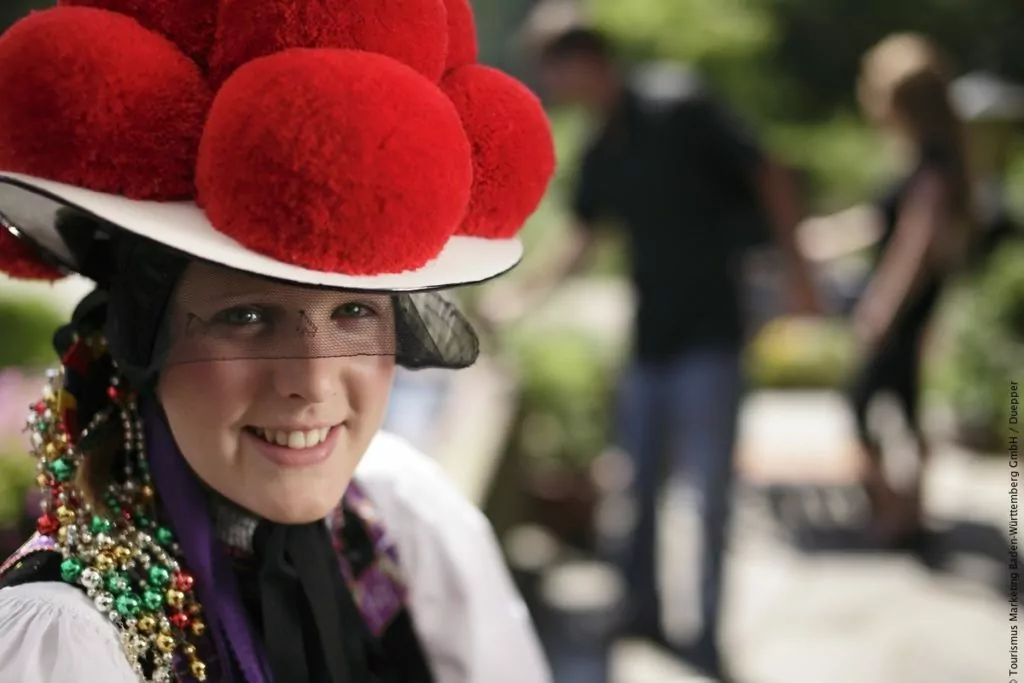
Bavaria: Weisswurst
Weisswurst (white sausage) is a Bavarian sausage made from veal or pork and flavoured with onions and parsley. The sausage is often served with a good Bavarian beer, perhaps in a traditional beer garden. Munich is also home to the world's oldest brewery, the Weihenstephaner, dating back to 1040. Here are some interesting facts about weisswurst:
- Weisswurst with brezel (pretzel), sweet mustard and beer is a traditional breakfast in Bavaria.
- You don't eat the skin of a weisswurst.
- Enthusiasts suck the sausage out of the skin. Only the uninitiated use a knife and fork.
- It is an old tradition that you have to eat weisswurst before 12 o'clock.
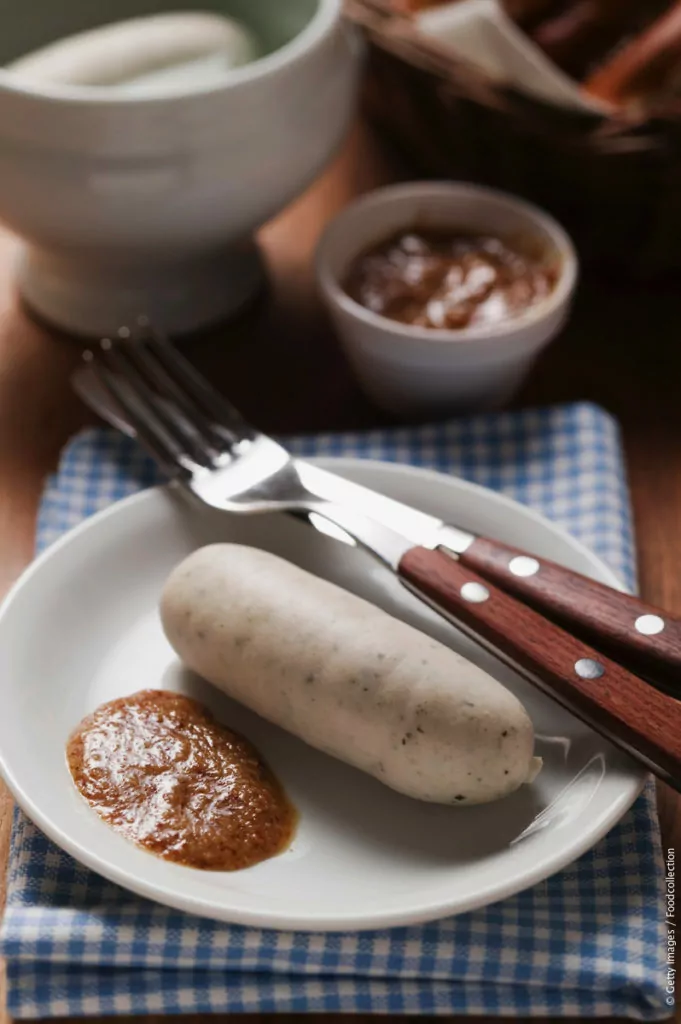
Making at home: German seasonal delicacies
You can't travel abroad right now, but while you're waiting for the borders to open, you can get in the kitchen and make some German specialities! Here are four dishes you can make at home, one for each season:
- Summer: Asparagus Plate (Asparagus Plate) from Lower Saxony
- Autumn: Semmelknödel (bread dumpling) from Bavaria
- Winter: Christstollen (Christmas cake) from Saxony
- Spring: Birnentorte (pear tart) from Brandenburg
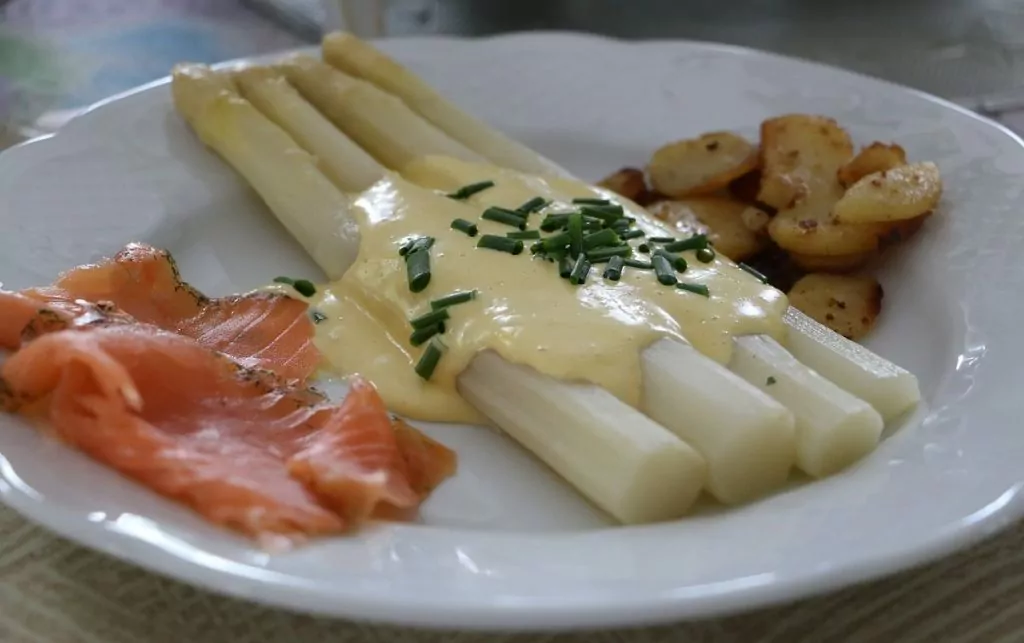
Medieval and Christmas spirit in Nuremberg
We've been treated to both medieval and Christmas spirit in Nuremberg, this German city has...
Eagle's Nest - Hitler's 50th birthday present among the mountains
We have visited the Eagle's Nest, or Kehlsteinhaus as the house is actually called in German. This extremely high...
Things to do in Bayreuth, Bavaria - our top 11 tips
What to see and do in Bayreuth, Bavaria? This beautiful and special German city...
Festivals in Germany - now the festival season begins
Curious about festivals in Germany? Germany is the land of festivals, and at this time of year,...
Potsdam in Germany - and Sanssouci Castle
Potsdam in Germany and Sanssouci Palace offered a positive surprise. In Potsdam there are buildings with...
Germany welcomes motorhomes (and Sweden imposes a ban)
During this trip we spent almost two months in Germany with our motorhome. As...
Wörlitzer Park in Germany - Dessau-Wörlitz Garden Kingdom
Wörlitzer Park is part of the Dessau-Wörlitz Garden Kingdom, which has been designated a UNESCO World Heritage Site due to...
Autobahn through Germany - and two nights of camping
Now we are in Germany! We haven't written for a few days, because we haven't...
Adventure with a motorhome in Schleswig-Holstein
Our motorhome adventure with a total of seven motorhomes, the 'Beach Basket Challenge', has started with a first day in the German...
North Sea coast in Germany - Husum and Sankt Peter-Ording
Our last stops during this summer's long motorhome trip were Husum and Sankt Peter-Ording on the North Sea coast of Germany....
Nude baths in Germany - Friedrichsbad in Baden Baden
Nude swimming in Germany? Yes, why not? Friedrichsbad in Baden-Baden is a traditional bath with a long history of...
Bastei in Saxon Switzerland - dramatic nature in Germany
Bastei in Saxon Switzerland is a stunning mountainous area in Germany with a beautiful and famous bridge:...
Beer in Germany - 6 German experiences with a beer theme
What is the best way to experience beer in Germany? Germany has a strong beer culture and it...
Oktoberfest in Germany - and other German folk festivals
Who doesn't want to experience Oktoberfest in Germany? We've gathered everything you need to know to...
From Kiel to Gothenburg - best ferry between Sweden and Germany
Then it was time to take the ferry from Kiel to Gothenburg, after two months of motorhome travelling in...
Bauhaus 100 years - the story of a German design school
Bauhaus is 100 years old this year, but it's not the DIY store's birthday. No, we...
The Roman Empire in Germany - 6 sites from the Roman period
The Roman Empire in Germany? Yes, indeed! Ancient Rome was a powerful empire that originated in Rome, but...
Holiday routes in northern Germany - 6 great themed roads
There are plenty of holiday routes in northern Germany. When the borders reopen, it might be easiest to...
Wine festivals in Germany - experience autumn wine festivals
Wine festivals are currently taking place in Germany and will continue throughout October and November. If you are...
Things to do in Würzburg - 12 sights and experiences
What to do in Würzburg, Germany? This beautiful and historic city is a real gem,...
The half-timbered road in Germany - a cosy holiday route
The half-timbered road in Germany is a wonderfully cosy holiday route. This is a perfect route to follow for...
Miniatur Wunderland - the largest model railway in the world
Miniatur Wunderland in Hamburg showcases the world's largest model railway. Prepare yourself for floor after floor of...
Sweden in Germany - 12 places with a Swedish connection
There is more of Sweden in Germany than you might realise. In fact, you...
Active holiday in Mecklenburg-Vorpommern - 8 things to do
Did you know that Mecklenburg-Vorpommern, located on the German Baltic Sea coast, offers plenty of opportunities for...
Germany's longest suspension bridge - Titan RT in the Harz Mountains
Germany's longest suspension bridge, the Titan RT, spans the Rappbode valley and dam in the Harz Mountains. From...
Mines and caves in Germany - 7 exciting tips
Did you know that there are many exciting mines and caves in Germany to visit? We have...
Sailing in Germany - from Krummin to Greifswald
Sailing in Germany can be anything from soaking up the sun on deck to...
Festung Königstein - mighty fortress in Germany
Festung Königstein in Germany is Europe's largest existing mountain fortress, rising mightily above the River Elbe....
Visit to the German town of Waren - on Lake Müritz
The German city of Waren is a picturesque little town that sits nicely on the large lake....
10 magical castles in Germany you won't want to miss
Today we're sharing 10 magical castles and palaces in Germany that feel like they are...
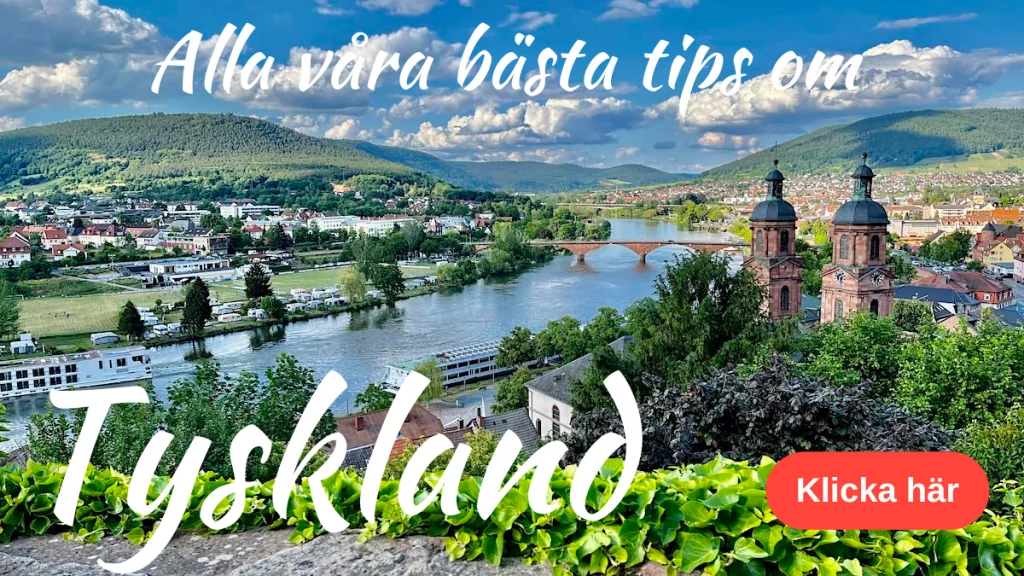
Top image in the post: Volksfest Wasen Bierzelt © Stuttgart Marketing GmbH (SMG) / Jean-Claude Winkler

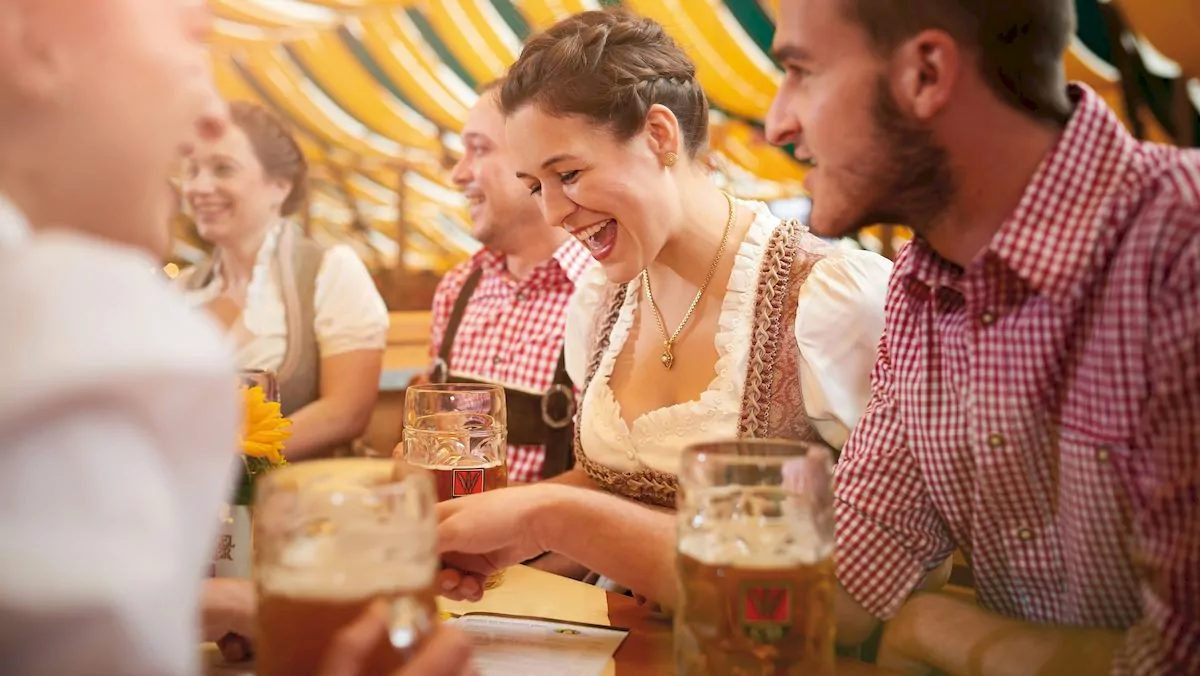









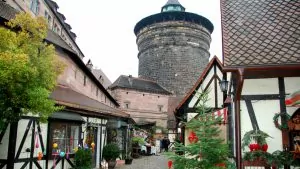

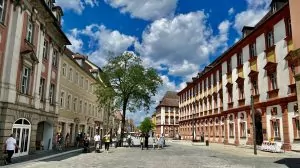
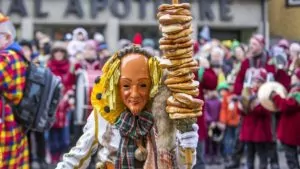


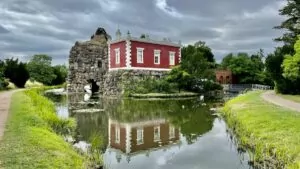


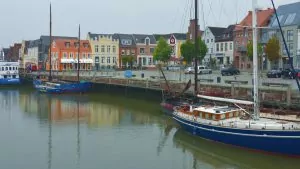


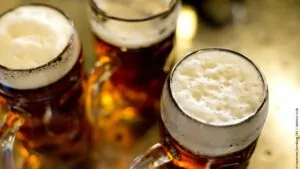
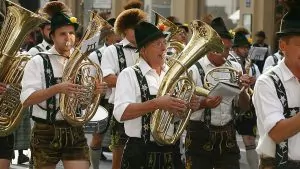



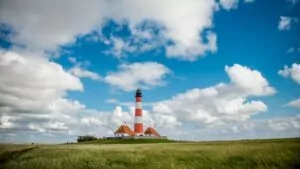
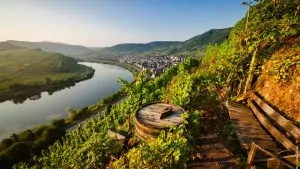
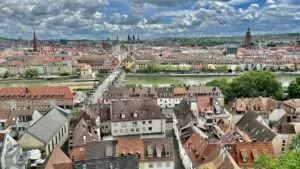
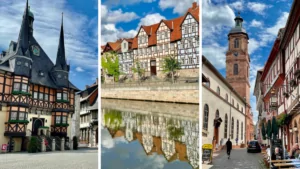

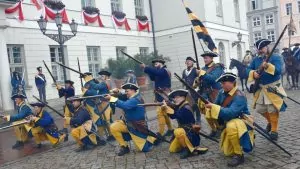
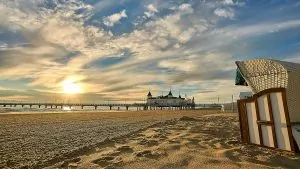
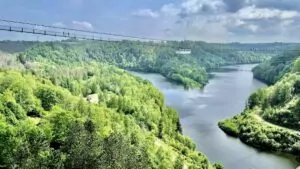



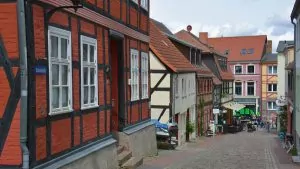
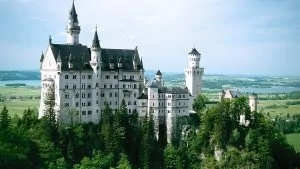
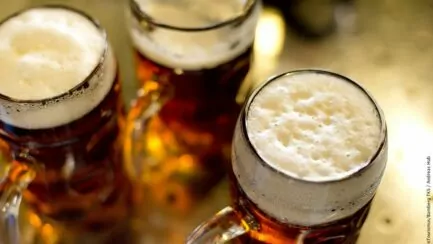
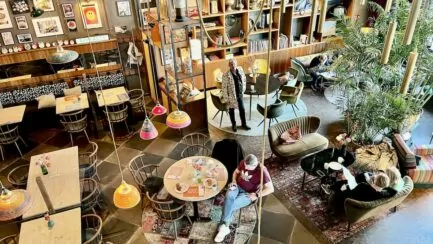
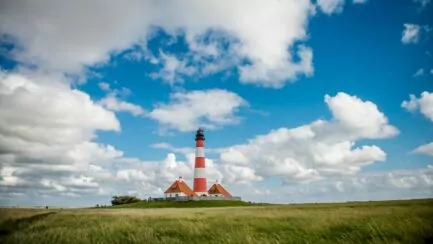






Lena - gott för själen says:
Yes, my God, all these German sausages 🙂 I tried that currywurst in Berlin. The dish didn't look so "fun", but was actually really good.
Hug Lena
09 May 2020 - 8:58
Marias memoarer says:
Riesling has been drunk and various sausages eaten in Bavaria. Even currywurst. Can also recommend Flammkuchen and Spätzle ? The fast food chain Nordsee, which focuses on fish (e.g. fish n chips, salmon dishes and sushi) is a more fun alternative to McDonalds.
09 May 2020 - 9:32
Helena says:
Thanks for the tips Maria! Flammkuchen looks good (googled)! We have tried Spätzle and agree, really good! Interesting with the fast food chain!
09 May 2020 - 19:56
Helena says:
Lena, we have never tried the currywurst. But of course we will do it as soon as we get the opportunity! 🙂
09 May 2020 - 19:54
Lena i Wales says:
I love Germany as a country of food and drink.
Sometimes I think they have an undeservedly bad reputation. They have so much good food and drink.
The only thing I don't like is the huge portions you usually get.
Marzipan from Lubeck I've eaten plenty of, unfortunately. As well as Niederegger's pastries, yummy.
Currywurst mit kartoffelsalat is my absolute favourite and I have eaten lots of portions in several different places. So good!
Riesling wine is never wrong. Neither is asparagus.
Sauerkraut and kale are also on my top list of good food from Germany.
Nice report and nice weekend!
09 May 2020 - 9:38
Helena says:
Glad you liked the report Lena! I agree, Germany has much more good food to offer than many might think. We must try currywurst! Wishing you a nice weekend!
09 May 2020 - 19:57
BP says:
If you love sausages like my husband does, Lidl is a hot tip. When they have Bavaria weeks, there are all different kinds of sausages and dumplings to be found there. What surprises me is that Bavaria is not best known for its grilled pork shoulder with sauerkraut, but Weisswurst is just as good. That sausage is the only one my husband doesn't eat;-)
09 May 2020 - 20:28
Helena says:
Thanks for the tip about Lidl! At home we never shop at Lidl, but when we travel with the motorhome in Europe we like Lidl, we usually find a lot of good stuff there 🙂.
10 May 2020 - 6:01
Ruth i Virginia says:
Have not eaten much in Germany but German food in other places.
Thuringerwurst used to be available in delis, but not now.
My daughter, who was in Germany as a soldier, has made the Schwartz test.
waldertorte several times; quite hard but good!
Good laugh at the long sausage in the small bun. 🙂
Riesling is a wine recommended for the Christmas Day turkey.
A bit sweet for my taste then.
09 May 2020 - 20:38
Helena says:
Impressive to make Schwartswald cake! I've eaten it a few times, but then it was bought in a pastry shop. Interesting that riesling is recommended with the turkey!
10 May 2020 - 6:02
Lisa says:
German red cabbage is very tasty
Labskaus (lapskojs) with fried egg cucumber and a rollmop is very popular on the coast of northern Germany but my favourite is probably Reibekuchen.
(raw shrimp) and then when we get to the drink Rumtopf but you have to be a bit careful with it because the alcohol content is high.
09 May 2020 - 20:46
Helena says:
When I had a German friend visiting when I was young, she saw pyttipanna in a restaurant and said "it looks like labskaus". Since then, I think of pyttipanna and lapskojs as similar dishes 😉 Thanks for the tip about the raw shrimp and that drink, we'll have to try it at some point!
10 May 2020 - 6:04
sussie says:
I was so hungry and wanted to go to Germany. Normally I don't eat sausages but there I'm gorging myself on different kinds. Have tried everything you mention and liked everything.
Thanks for sharing, always fun to read here.
10 May 2020 - 1:22
Helena says:
How nice that you have tried so much German food! We still have some to try when the borders reopen!
10 May 2020 - 6:06